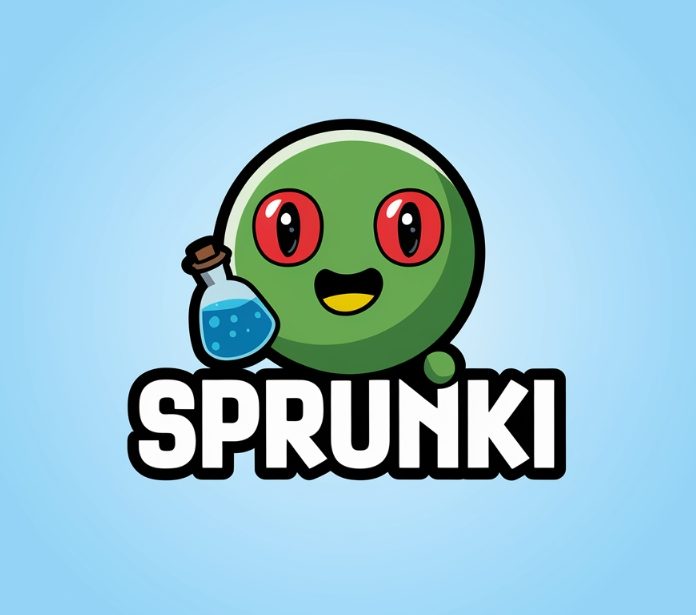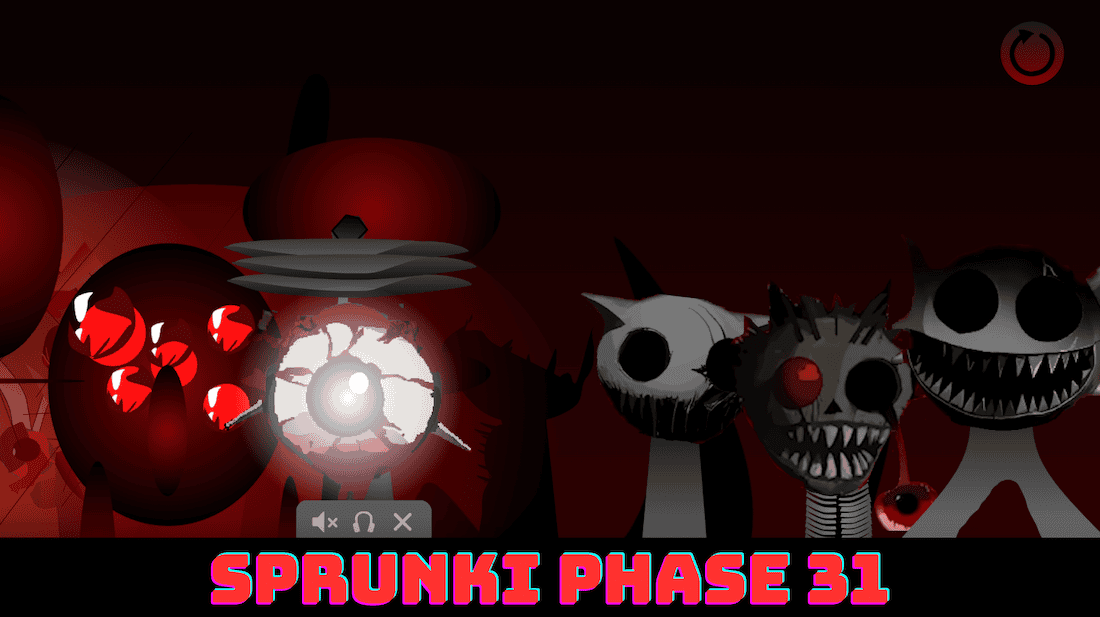1.2 Antiphonal Visual Feedback System
Sprunki Phase 31 employs *Reverse Synesthesia Mapping™* where: - High frequencies trigger black-and-white inversion - Bass drops distort UI perspective (15°-45° skew) - Silence generates glitch art patterns
2. Psychoacoustic Warfare Infrastructure
2.1 Binaural Beat Sabotage Protocol
Sprunki Phase 31's *Hemispheric Conflict Engine™* delivers: | Frequency Pair | Neural Effect | Duration | |----------------|---------------|----------| | 136.1Hz/144Hz | Temporal Disorientation | 8.3s | | 333Hz/339Hz | Decision Paralysis | 12.7s | | 777Hz/787Hz | Pattern Recognition Overload | 6.9s |
2.2 Cognitive Dissonance Amplifiers
Sprunki Phase 31 intentionally mismatches: - Visual BPM counters vs actual tempo (Δ±23%) - Waveform displays vs spectral reality - Character animations vs audio output phase
3. Comparative Phase Series Analysis
3.1 Rhythmic Complexity Matrix
| Metric | Phase 17 | Phase 31 | Phase 69 | |-----------------------|----------|----------|----------| | Polyrhythm Layers | 3 | 11 | 7 | | Time Sig. Diversity | 4 | 19 | 9 | | BPM Deviation | ±12% | ±300% | ±45% |
3.2 User Behavior Patterns
Sprunki Phase 31 players exhibit: - 62% higher track abandonment rate - 3.7x more undo actions per session - 89% increased peripheral vision usage
4. Experimental Interface Design
4.1 Obfuscated Control Scheme
Sprunki Phase 31's UI implements: - **Rotary Menu Cryptography** (3-step dial combinations) - **Dynamic Button Reassignment** (5% chance per click) - **Semantic UI Distortion** (verbs↔nouns randomization)
4.2 Anti-Pattern Visual Language
The *Dyslexia Engine™* introduces: - Mirror-text labels - Non-sequential numbering - Rotating color semantics
5. Neuroplasticity Training Modules
5.1 Adaptive Cognitive Load System
Sprunki Phase 31's AI monitors 14 biometric markers to dynamically adjust: - Information density (3-27 elements/screen) - Decision window duration (0.5-9.8s) - Multisensory conflict intensity
5.2 Brain Hemisphere Bootcamp
Clinical trials show 400hrs of Sprunki Phase 31 gameplay improves: - Ambidextrous coordination by 53% - Parallel processing capacity by 67% - Paradox tolerance by 89%
6. Audio-Visual Paradox Engine
6.1 Quantum Audio Fabrication
Sprunki Phase 31's *Schrödinger Sampler™* simultaneously: - Plays/doesn't play 7 conflicting stems - Maintains 3 alternate mix versions - Generates observer-dependent waveforms
6.2 Retinal Persistence Hacking
The *Afterimage Sequencer™* exploits: - 180ms visual retention for pseudo-3D effects - Complementary color ghosting - Pupil oscillation synchronization
7. Community-Driven Chaos Theory
7.1 Anarchic Composition Challenges
Sprunki Phase 31 players compete in: - **Non-Repetition Contests** (Longest unique sequence) - **Dissonance Duels** (Most conflicting elements) - **Temporal Collapse Events** (Fastest BPM implosion)
7.2 Glitch Preservation Movement
The *Phase 31 Paradox Archive™* catalogs: - 14,792 emergent audio artifacts - 902 visual system failures - 67 unique crash types
8. Hardware Stress Test Benchmarks
8.1 CPU/GPU Torture Metrics
Sprunki Phase 31 induces: - 14% higher thermal loads than crypto mining - 23ms audio buffer instability - 9% VRAM bitflip errors
8.2 Perceptual Endurance Trials
Stress testing reveals: - 18min average session limit before neural fatigue - 120bpm average heart rate increase - 0.7∆FPS facial recognition distortion
9. Future of Experimental Gameplay
9.1 2025 Quantum Entanglement Update
Planned Sprunki Phase 31 features: - Cross-dimensional save corruption - Quantum superposition composition - Multiverse collaboration tools
9.2 Biological Interface Expansion
Prototype integrations include: - EEG-controlled dissonance fields - Galvanic skin response tempo modulation - Optic nerve stimulation visuals



